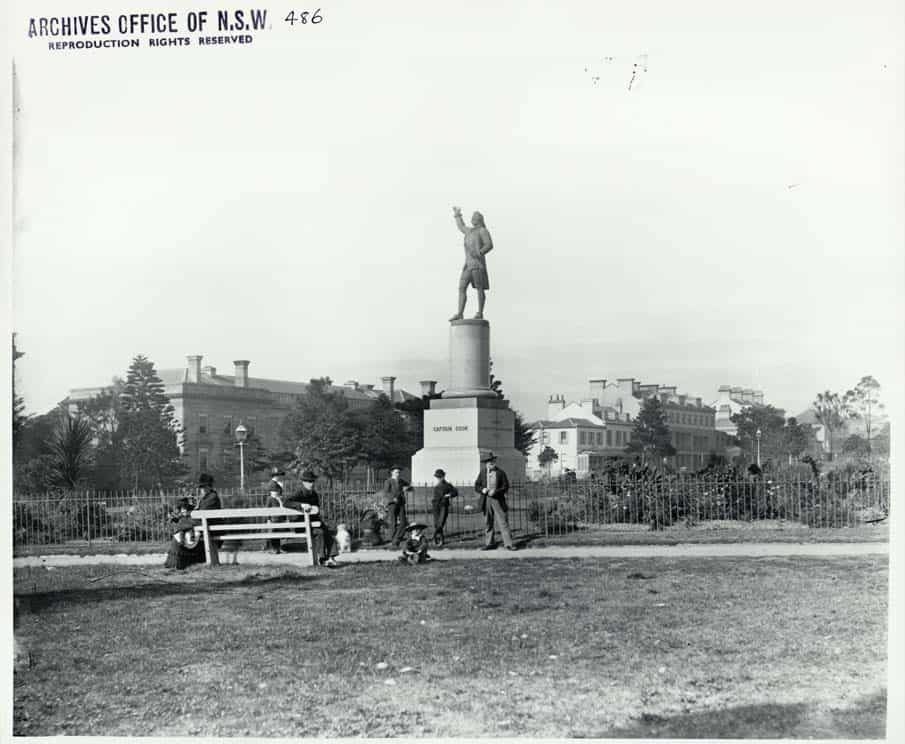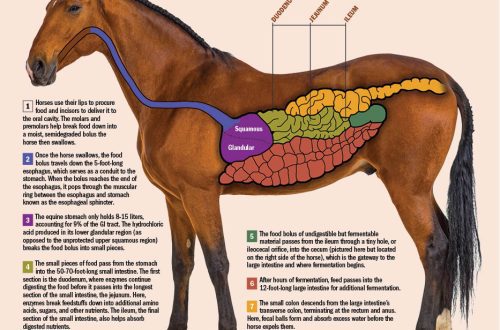
About the history of the opening of the monument to V.O. Witt
About the history of the opening of the monument to V.O. Witt
The idea to open a monument to the outstanding hippologist V.O. Wittu arose in 2012, on the 123rd anniversary of Vladimir Oskarovich. By that time, both his work and the history of his activities were thoroughly studied by the author of these lines.
It must be said that in life Vladimir Oskarovich was more of a practitioner than a theoretician, as it seems to us now. Many, if not the main points of his biography were hidden not only from a wide range of people interested in hippological issues, but also from V.O. Witt. A number of his projects, including advanced ones related to genetic research, were crushed by the state, and the closest associates of the scientist were repressed and destroyed.
Nevertheless, what Vladimir Oskarovich has done for the domestic science of the horse is so multifaceted that it allows him to raise his name to the top of the entire domestic equestrian business. He is, indeed, Pushkin from hippology, and if after Alexander Sergeevich the Russian language became more literary, then after Witt, the domestic science of the horse acquired its finished look and received a powerful impetus for development. Suffice it to say that the modern equestrian history, scientific and educational approach, in its best quality, come precisely from the origins laid down by V.O. Witt. Even the breeds that appeared in his time and became competitive on a global scale for that period were bred by him and his students. And it hurts even more that today they do not develop, but only froze in their survival …
It is not easy enough to raise an unknown layer of lost history, living experience, many destinies and, ultimately, to try to preserve at least a particle of all this, to make the newly acquired experience in demand. It is not easy to make a worthy project doubly these days, without being a major philanthropist, without expecting a profit.
A number of Vladimir Oskarovich’s projects were carried out on the territory of the Western Moscow Region, in the native places of the author of these lines, and Witt himself, although he was born in Riga, spent all his conscious childhood, youth and formative years here, in Zhavoronki. We got the opportunity to see how and under what conditions Vladimir Oskarovich worked, to realize how his legacy was reflected in the policy of our state …
In his youth and during his formative years, Witt traveled to all the surrounding horse farms, such as the Golitsyn estate in Bolshoi Vyazemy, the Oryol stud farms in the Assumption Estate, the estates of Gorki and Islavskoye. After the revolution, when these places are in decline, Vladimir Oskarovich will unite them into one farm called the Moscow Stud Farm No. 1, under which the Horse Institute will appear, located first in Uspensky, and then in Bolshiye Vyazemy.
Witt was a supporter of herd-grazing rearing of young animals, natural acclimatization. He observed all this live in his youth in the Vasilyevskoye estate, located here, on Moskvorechye, where Prince Shcherbatov kept Arabian horses brought from Arabia. Here were the conditions in which the Arabs were acclimatized, and their offspring gave the best livestock. A little later, Wittu got acquainted with European horse breeding farms, lived in England, was trained in Vienna, at the classical Riding School, appreciated the same classical School in Russia (Cavalry Officer School in St. Petersburg).
Later, with the beginning of the First World War, he, along with his brother, ended up in the army, in a cavalry regiment (a fact completely deleted from his biography). After being wounded in 1916, Witt finally switched to scientific and organizational work in the Main Directorate of Horse Breeding.
Later, developing as a scientist, he visited literally every corner of our country and contributed to the development of almost each of the breeds. He participated in archaeological excavations and supplemented world history with very important discoveries, formed entire institutes, whose students created new breeds of horses and directions for their development. You can probably name several hundred major topics that Witt directly touched upon as a scientist.
Now it is in many ways difficult to evaluate what Wit has done, because we already live with this knowledge, and respect for history and memory is not the most important feature for many.
Opening of the monument to Witt in Zhavoronki
In 2012, the author of these lines made a series of publications for a number of publications about the projects and life of Vladimir Oskarovich. For me, these articles have become not just stories on paper, but many studies of the work of a scientist in his and my native lands. Once I was invited to the local Odintsovo television (west of the Moscow region) with a topic about Vladimir Witt. It was then that the idea was first voiced that a memorial sign should be erected in Zhavoronki, because the Witt family themselves created the Zhavoronki, allocating part of their land for this and giving them the name of a nearby village of four houses.
The next step for the implementation of the project of a memorial sign to Witt was the search for like-minded people, who were found in the person of the Head Zhavoronkov Irina Yuryevna Vasilyeva and the sculptor Gennady Dmitrievich Alexandrov, who undertook the creation of the monument itself. At first, he presented us with only a small model, schematically showing the idea – a field blown by the wind with the image of Vladimir Oskarovich and the head of a quarrying horse.
The simple Orlov-Vyatka mare Maslina served as the prototype of the horse, and Vladimir Oskarovich himself is depicted as about 45 years old. We wanted to convey in this image of Witt the time of the Equestrian Institute in Bolshiye Vyazyomy, his projects related to genetics, and the further defeat of the Institute by the state, with the repressions of 1937. However, later Witt’s granddaughter, Lyubov Sergeevna Christie, asked to change the age of the “image” to a more familiar one for those who remembered the scientist from Timiryazevka.
We originally planned to open a memorial sign in Zhavoronki on the birthday of Vladimir Oskarovich on June 15 (28), 2014, on his 125th birthday, but financial difficulties interfered. As a result, the opening took place on the day of the rural settlement of Zhavoronki on September 2, 2014.
Perkhushkovo estate as a continuation
The opening of the memorial to Vladimir Witt did not mean the end of our activities. Simultaneously with the preparations for the opening of this monument, like-minded people and I began work to save the nearby with the Larks of the Perkhushkovo estate. This place, historically entirely related with horses, attracted by the fact that the equestrian project fit in here – not just a museum with an exhibition of exhibits, but a place for collecting and transferring the experience of the past. This estate acted as a piece of the revived past.
In this project, logically related to the previous one, we have not been able to find supporters among the officials. To prove that no one guarded the estate is dying, we had to reach the Minister of Culture of the Moscow Region.
The author of these lines was assured that the object is being restored and has protection, and the data on the neglect of the place is nothing but my own falsification. We had no choice but to call the television and enter the estate under the cameras. This story turned the situation around and, as we then believed, moved everything off the ground…
Following this, we tried to register the discovered Medieval settlement in Zhavoronki. But the idea, alas, is again not our support of officials, since this land has already been identified for development.
As a result of this activity, the Perkhushkovo estate was included in the program of the Governor of the Moscow Region “Green Corridor”, nominally involving the provision of estates for rent at a low price. From 2014 to 2017, she stood at the auction and eventually remained with the new (old) owner in the same oppressive desolation. In fact, only one signature of the Governor of the Moscow Region separated the estate from salvation, but sometimes only one, the last closed door, separates success from success.
Nevertheless, a lot has been done – we managed to put a memorial sign to Vladimir Witt, the business with the Perkhushkovo estate has moved, and in the Bolshiye Vyazyoma Museum, where the Equestrian Institute created by Vladimir Witt was once located, we collected many artifacts and photo illustrations of the former equestrian institute life. It was possible to revive the forgotten name of the Institute and tell about its activities.
Based on the results of this work, we made a documentary “Hippologist” about the creation by Vladimir Oskarovich of the Department of Horse Breeding of the Timiryazev Academy, which, in fact, came out of the walls of the Bolshiye Vyazyoma estate.
The department at the time of Vladimir Witt was an advanced unit that developed a whole range of programs. Creative thought was in full swing here, in fact a veterinary clinic was created, studying and working with many difficult cases. Such masters as Vasily Lobachev taught in the training stable …
When Witt in 1956 came to the equestrian Olympics in Sweden, when his name was announced in the common hall of the participants, there was silence, which was immediately replaced by unceasing applause. Today, apart from the works of Vladimir Oskarovich, there is nothing left – only dry dates and lines of statistics …
Valera Sablia





